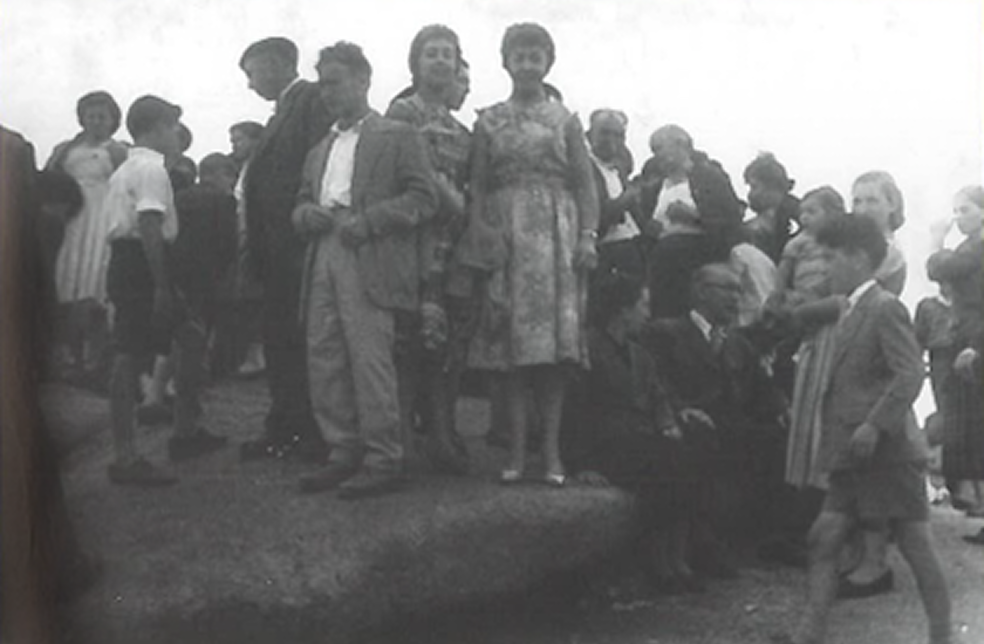Early References
Among the first travellers who were attracted to this sacred place was the Bohemian of Czech origin Leon de Rosmithal. As early as 1466, he recorded the local legend, speaking of “a ship with its oars, cables and other rigging made of stone and they declare that this ship transported God with his mother and they disembarked there.” This early reference underlines the strength of the oral tradition and the sacredness attributed to the place long before the formal mentions of the pilgrimage.
One of the earliest preserved written mentions of a festival being held at the “Virgen de la Barca” Sanctuary is found in the “Memoirs” (1607) of Cardinal Jerónimo Del Hoyo, a visitor from the Diocese of Santiago. In his text, he describes “a hermitage of Our Lady of A Barca that is very close to the sea. It is well provided with everything necessary and is a devout house, where they say great crowds gather on all the feast days of Our Lady.” Del Hoyo not only testifies to the existence of the sanctuary as a place of devotion but also highlights the significant influx of pilgrims during the festivities. Other references from the early 17th century corroborate this belief in a considerable presence of the faithful at the sanctuary.
The growing devotion at that time is even more evident with the confirmation of the existence of a Hospital for pilgrims in Muxía, documented as early as 1571 in the “Report on Hospitals in the Archbishopric of Santiago.” The description of a “well-repaired” room suggests that this hospital had already been in operation for some time, serving the many pilgrims who arrived in this corner of the Costa da Morte.
These first historical mentions allow us to trace the evolution of the “Virgen de la Barca de Muxía” Festival from its medieval roots linked to the Christianization of a pre-existing worship to become the landmark celebration that we admire today. A legacy of faith and tradition that has endured over the centuries, attracting pilgrims and visitors in search of history, spirituality and the magic of a unique place.
